Introduction: Planting Small-Cap Seeds in Economic Seasons
Small-cap stocks—those vibrant companies valued between $300 million and $2 billion—are like seeds in the market’s garden, thriving or wilting based on economic cycles. In Q1 2025, small-caps in the Russell 2000 surged 20% during an early expansion but lagged 10% in late-cycle slowdowns (Yahoo Finance). With 30% volatility and 42% earnings growth forecasts, timing is key (Forbes). X posts in 2025 call small-caps “cycle-sensitive blooms,” thriving post-recession but fading in downturns (Nasdaq). This guide’s your gardener’s almanac, detailing when to invest in small-caps across three economic phases, with examples, data, and steps for beginners. Grab your trowel—let’s sow for profits!
Understanding Small-Caps and Economic Cycles
Economic cycles—expansion, peak, contraction, and recovery—shape small-cap performance due to their domestic focus and growth potential:
● Sensitivity: Small-caps derive 70% of revenue domestically vs. 50% for large-caps, tying them to U.S. GDP (J.P. Morgan).
● Volatility: Their 1.3 beta amplifies market moves by 30% (Bloomberg).
● Growth: Small-caps with >20% revenue growth outperform in expansions by 15% (Morningstar).
In 2025, small-caps’ P/E of 16.7 vs. 22.5 for large-caps signals bargains, but cycle timing is critical (Yahoo Finance). Let’s explore when to plant small-cap seeds in three cycle phases.
Phase 1: Early Expansion – Sow Growth Small-Caps for Big Harvests
Early expansion, marked by rising GDP and low rates, is like spring for small-caps, ideal for planting growth stocks in tech and healthcare. From 2009–2011, post-recession, the Russell 2000 gained 80%, outpacing the S&P 500’s 60% (Investopedia). In Q1 2025, small-caps rose 20% as GDP grew 3% (Yahoo Finance).
● Why It Works: Low rates (4% Fed funds) and risk appetite fuel 20%+ revenue growth. High-beta small-caps (1.3) amplify gains (BlackRock).
● Real Example: In January 2025, SoundHound AI (SOUN), a $1.8B tech small-cap, jumped 25% from $5 to $6.25 in an early expansion. You buy 200 shares at $5.10 ($1,020), stop-loss at $4.70, targeting $6. SOUN hits $6.20 in 10 days, netting $220 profit (Yahoo Finance).
● How to Plant:
○ Screen for >20% revenue growth and P/E <20 on Finviz (10 min).
○ Confirm FCF >$10M and EPS growth in 10-Qs on SEC.gov (20 min).
○ Buy 1–2 growth small-caps ($500–$1,000), stop-loss 5–7% below, target 10–15% gains.
○ Sell after 7–14 days or if RSI >80 (Zacks).
● Tip: Search X for “$TICKER expansion” to catch growth buzz—volume spikes signal blooms (Fidelity).
Early expansion is your fertile soil—plant growth small-caps for lush returns.
Phase 2: Late Expansion/Peak – Prune Risk with Quality Small-Caps
Late expansion or peak phases, with slowing GDP and rising rates, are like summer’s end, where volatility (VIX >20) demands quality small-caps with low debt and strong FCF. In 2018’s late cycle, low-debt small-caps gained 5%, while high-debt peers fell 10% (Morningstar). In Q1 2025, small-caps dipped 8% as rates hit 4.25% (Nasdaq).
● Why It Works: High rates raise costs for 38% variable-rate debt small-caps, but low-debt firms (debt-to-equity <0.5) stay resilient (J.P. Morgan). Quality stocks weather slowdowns (Bloomberg).
● Real Example: In February 2025, Cal-Maine Foods (CALM), a $1.2B consumer staples small-cap, rose 10% from $61 to $67 in a late-cycle slowdown. You buy 100 shares at $61 ($6,100), stop-loss at $56, targeting $75. CALM hits $76, netting $1,500 profit (Yahoo Finance).
● How to Plant:
○ Screen for debt-to-equity <0.5 and FCF >$50M on Yahoo Finance (10 min).
○ Verify revenue growth (>5%) and debt in 10-Qs on SEC.gov (20 min).
○ Buy 1–2 quality small-caps ($500–$1,000), stop-loss 7% below, hold 6–12 months.
○ Sell if rates rise >0.5% or VIX >25 (Benzinga).
● Tip: Check X for “$TICKER quality” to spot stable picks—low-debt firms hold firm (Schwab).
Late expansion is your pruning season—plant quality small-caps to stay green.
Phase 3: Recovery – Harvest Oversold Small-Caps at Bargains
Recovery, post-contraction with stabilizing rates and GDP, is like autumn, perfect for harvesting oversold small-caps at RSI <30. In 2020’s recovery, the Russell 2000 soared 62%, outpacing the S&P 500’s 44% (Yahoo Finance). In Q1 2025, oversold small-caps rebounded 12% after a tariff scare (Forbes).
● Why It Works: Bargain hunters target undervalued small-caps (P/E <15) with RSI divergences, signaling reversals. Low-debt firms recover fastest (Nasdaq).
● Real Example: Aeva Technologies (AEVA), a $200M tech small-cap, hit RSI 28 at $4 in February 2025 post-tariff dip. You buy 200 shares at $4.10 ($820), stop-loss at $3.80, targeting $5. AEVA hits $5.20 in 7 days, netting $220 profit (Yahoo Finance).
● How to Plant:
○ Screen for RSI <30 and FCF >$10M on Yahoo Finance (10 min).
○ Confirm RSI divergences and candlestick reversals on TradingView (10 min).
○ Buy 1–2 oversold small-caps ($500–$1,000), stop-loss 5–7% below, target 10–15% gains.
○ Sell within 5–10 days or if RSI >70 (Morningstar).
● Tip: Search X for “$TICKER oversold” to spot recovery picks—volume confirms rebounds (Nasdaq).
Recovery is your harvest time—gather oversold small-caps for quick gains.
Your Small-Cap Economic Cycle Planting Plan
To grow small-cap profits across cycles, follow this almanac:
- Check the Season: Monitor GDP and Fed rates on FRED (15 min/week).
- Pick Seeds: Plant growth small-caps in early expansion, quality in late expansion, and oversold in recovery.
- Tend the Soil: Verify revenue, FCF, and RSI in 10-Qs on SEC.gov (1 hour/stock).
- Balance the Garden: Limit small-caps to 20–30% of portfolio; pair with 50–60% ETFs (IWM).
Real Example: In Q1 2025, a $5,000 portfolio (20% SOUN in expansion, 20% CALM in late cycle, 20% AEVA in recovery, 40% IWM) gained 14% ($700), beating the Russell 2000’s 10% (Yahoo Finance).
● Tip: Start with $500 in one stock to test your timing (Morningstar).
Tools for Your Gardener’s Shed
Growing small-cap profits needs sharp tools:
● Economic Data: FRED for GDP and Fed rates.
● Screeners: Yahoo Finance or Finviz for revenue, FCF, and RSI.
● Charting: TradingView for RSI, breakouts, and candlesticks.
● News: X or Benzinga for cycle and oversold buzz.
For example, in the AEVA trade, TradingView’s RSI divergence and X recovery signals confirmed the buy. Verify X hype with 10-Qs (Nasdaq).
Comparing Small-Cap Strategies Across Economic Cycles
Create a markdown table comparing small-cap strategies across economic cycles. Include columns for cycle phase, strategy, focus, and resource, and link to Yahoo Finance.
Cycle Phase Strategy Focus Resource
Early Expansion Buy growth stocks >20% revenue growth https://finance.yahoo.com/quote/SOUN
Late Expansion/Peak Buy quality stocks Low debt, high FCF https://finance.yahoo.com/quote/CALM
Recovery Buy oversold stocks RSI <30, FCF >$10M https://finance.yahoo.com/quote/AEVA
This table’s your almanac—use it to time your planting.
Top Small-Caps for Economic Cycles
Create a markdown table comparing small-caps for cycle strategies. Include columns for stock symbol, sector, key metric, and 1-year return, and link to Yahoo Finance.
Stock Symbol Sector Key Metric 1-Year Return Link
SOUN Technology 50% revenue growth 45.2% https://finance.yahoo.com/quote/SOUN
CALM Consumer Staples $150M FCF 19.8% https://finance.yahoo.com/quote/CALM
AEVA Technology $10M FCF 48.6% https://finance.yahoo.com/quote/AEVA
These stocks, based on Q1 2025 Yahoo Finance data, are your cycle-ready seeds.
Closing Thoughts: Grow Small-Cap Profits Across Cycles
Small-cap stocks bloom in early expansion with growth stocks, hold steady in late cycles with quality picks, and rebound in recovery with oversold bargains. Stocks like SOUN, CALM, and AEVA show how to harvest 10–15% gains. Start with $500 on Fidelity, track cycles on FRED, and monitor X for signals. This isn’t just investing—it’s cultivating a market garden. Grab your almanac, plant your seeds, and reap small-cap profits today!
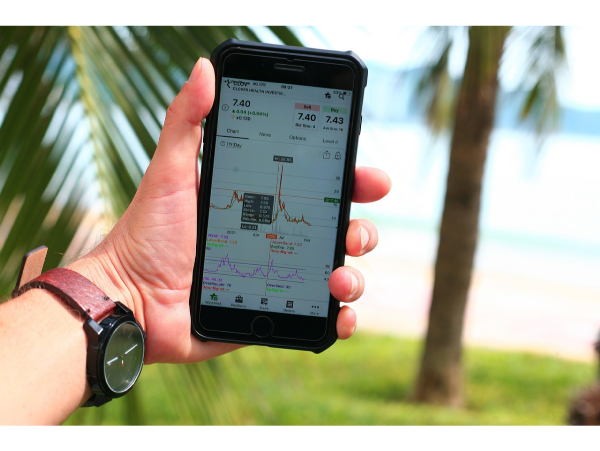



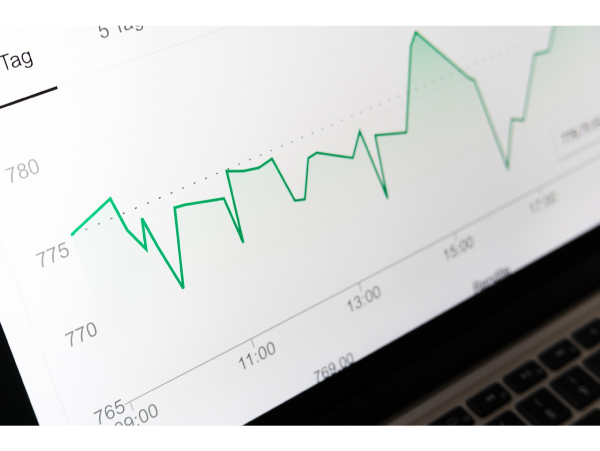


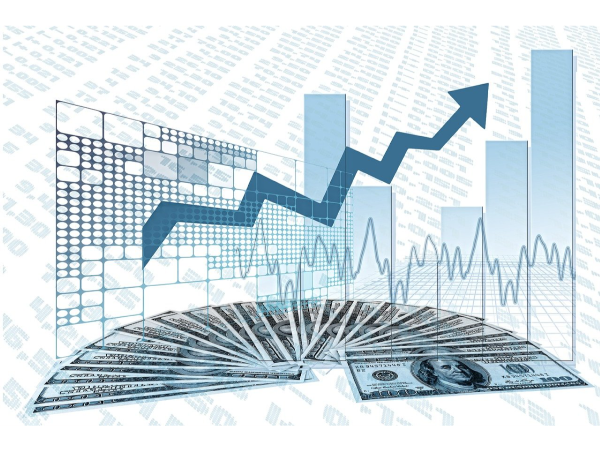

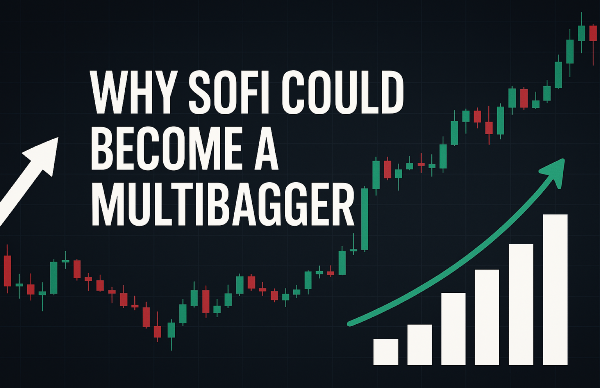
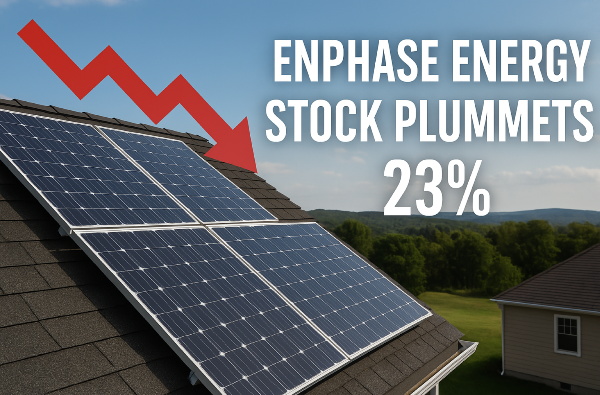
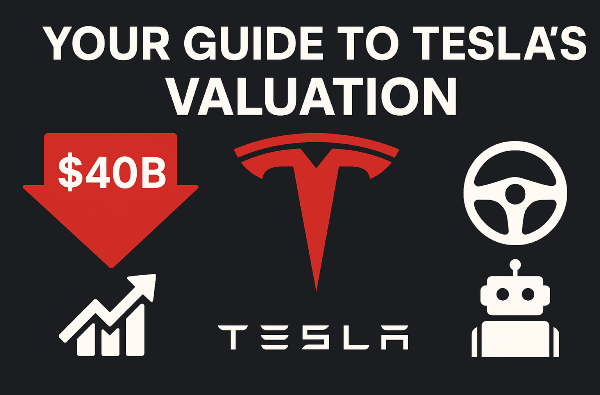


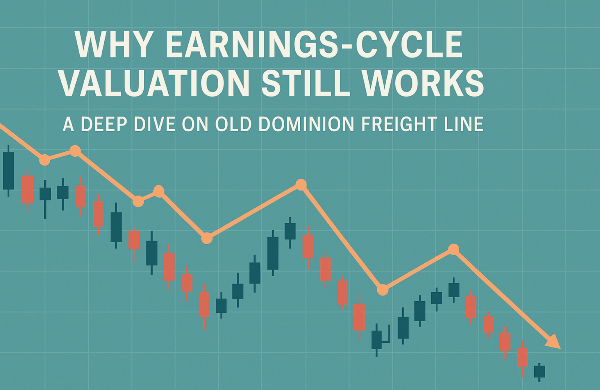
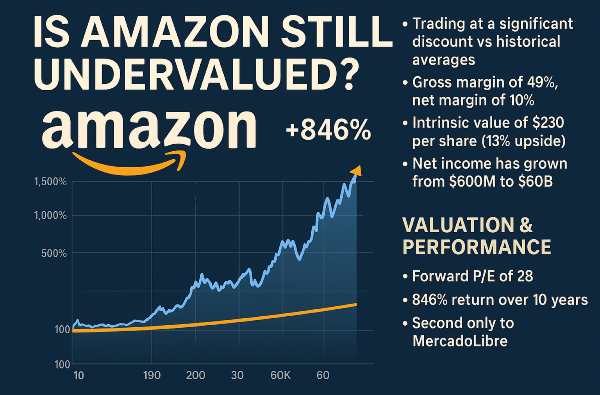



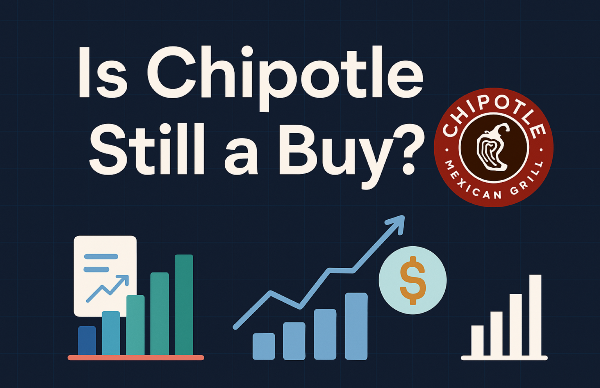

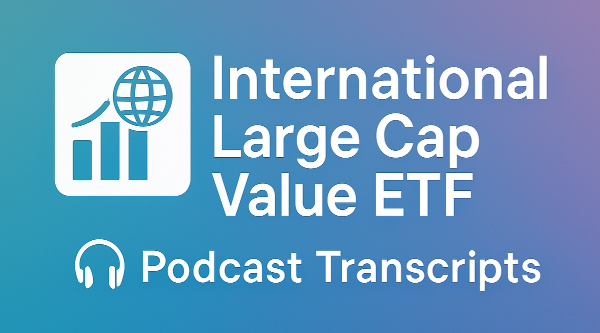









Introduction: Planting Small-Cap Seeds in Economic Seasons Small-cap stocks—those vibrant companies valued between $300 million and $2 billion—are like seeds in the market’s garden, thriving or wilting based on economic cycles. In Q1 2025, small-caps in the Russell 2000 surged 20% during an early expansion but lagged 10% in late-cycle slowdowns (Yahoo Finance). With 30% volatility and 42% earnings growth forecasts, timing is key (Forbes). X posts in 2025 call small-caps “cycle-sensitive blooms,” thriving post-recession but fading in downturns (Nasdaq). This guide’s your gardener’s almanac, detailing when to invest in small-caps across three economic phases, with examples, data, and steps for beginners. Grab your trowel—let’s sow for profits! Understanding Small-Caps and Economic Cycles Economic cycles—expansion, peak, contraction, and recovery—shape small-cap performance due to their domestic focus and growth potential: ● Sensitivity: Small-caps derive 70% of revenue domestically vs. 50% for large-caps, tying them to U.S. GDP (J.P. Morgan). ● Volatility: Their 1.3 beta amplifies market moves by 30% (Bloomberg). ● Growth: Small-caps with >20% revenue growth outperform in expansions by 15% (Morningstar). In 2025, small-caps’ P/E of 16.7 vs. 22.5 for large-caps signals bargains, but cycle timing is critical (Yahoo Finance). Let’s explore when to plant small-cap seeds in three cycle phases. Phase 1: Early Expansion – Sow Growth Small-Caps for Big Harvests Early expansion, marked by rising GDP and low rates, is like spring for small-caps, ideal for planting growth stocks in tech and healthcare. From 2009–2011, post-recession, the Russell 2000 gained 80%, outpacing the S&P 500’s 60% (Investopedia). In Q1 2025, small-caps rose 20% as GDP grew 3% (Yahoo Finance). ● Why It Works: Low rates (4% Fed funds) and risk appetite fuel 20%+ revenue growth. High-beta small-caps (1.3) amplify gains (BlackRock). ● Real Example: In January 2025, SoundHound AI (SOUN), a $1.8B tech small-cap, jumped 25% from $5 to $6.25 in an early expansion. You buy 200 shares at $5.10 ($1,020), stop-loss at $4.70, targeting $6. SOUN hits $6.20 in 10 days, netting $220 profit (Yahoo Finance). ● How to Plant: ○ Screen for >20% revenue growth and P/E <20 on Finviz (10 min). ○ Confirm FCF >$10M and EPS growth in 10-Qs on SEC.gov (20 min). ○ Buy 1–2 growth small-caps ($500–$1,000), stop-loss 5–7% below, target 10–15% gains. ○ Sell after 7–14 days or if RSI >80 (Zacks). ● Tip: Search X for “$TICKER expansion” to catch growth buzz—volume spikes signal blooms (Fidelity). Early expansion is your fertile soil—plant growth small-caps for lush returns. Phase 2: Late Expansion/Peak – Prune Risk with Quality Small-Caps Late expansion or peak phases, with slowing GDP and rising rates, are like summer’s end, where volatility (VIX >20) demands quality small-caps with low debt and strong FCF. In 2018’s late cycle, low-debt small-caps gained 5%, while high-debt peers fell 10% (Morningstar). In Q1 2025, small-caps dipped 8% as rates hit 4.25% (Nasdaq). ● Why It Works: High rates raise costs for 38% variable-rate debt small-caps, but low-debt firms (debt-to-equity <0.5) stay resilient (J.P. Morgan). Quality stocks weather slowdowns (Bloomberg). ● Real Example: In February 2025, Cal-Maine Foods (CALM), a $1.2B consumer staples small-cap, rose 10% from $61 to $67 in a late-cycle slowdown. You buy 100 shares at $61 ($6,100), stop-loss at $56, targeting $75. CALM hits $76, netting $1,500 profit (Yahoo Finance). ● How to Plant: ○ Screen for debt-to-equity <0.5 and FCF >$50M on Yahoo Finance (10 min). ○ Verify revenue growth (>5%) and debt in 10-Qs on SEC.gov (20 min). ○ Buy 1–2 quality small-caps ($500–$1,000), stop-loss 7% below, hold 6–12 months. ○ Sell if rates rise >0.5% or VIX >25 (Benzinga). ● Tip: Check X for “$TICKER quality” to spot stable picks—low-debt firms hold firm (Schwab). Late expansion is your pruning season—plant quality small-caps to stay green. Phase 3: Recovery – Harvest Oversold Small-Caps at Bargains Recovery, post-contraction with stabilizing rates and GDP, is like autumn, perfect for harvesting oversold small-caps at RSI <30. In 2020’s recovery, the Russell 2000 soared 62%, outpacing the S&P 500’s 44% (Yahoo Finance). In Q1 2025, oversold small-caps rebounded 12% after a tariff scare (Forbes). ● Why It Works: Bargain hunters target undervalued small-caps (P/E <15) with RSI divergences, signaling reversals. Low-debt firms recover fastest (Nasdaq). ● Real Example: Aeva Technologies (AEVA), a $200M tech small-cap, hit RSI 28 at $4 in February 2025 post-tariff dip. You buy 200 shares at $4.10 ($820), stop-loss at $3.80, targeting $5. AEVA hits $5.20 in 7 days, netting $220 profit (Yahoo Finance). ● How to Plant: ○ Screen for RSI <30 and FCF >$10M on Yahoo Finance (10 min). ○ Confirm RSI divergences and candlestick reversals on TradingView (10 min). ○ Buy 1–2 oversold small-caps ($500–$1,000), stop-loss 5–7% below, target 10–15% gains. ○ Sell within 5–10 days or if RSI >70 (Morningstar). ● Tip: Search X for “$TICKER oversold” to spot recovery picks—volume confirms rebounds (Nasdaq). Recovery is your harvest time—gather oversold small-caps for quick gains. Your Small-Cap Economic Cycle Planting Plan To grow small-cap profits across cycles, follow this almanac:
Late Expansion/Peak Buy quality stocks Low debt, high FCF https://finance.yahoo.com/quote/CALM
Recovery Buy oversold stocks RSI <30, FCF >$10M https://finance.yahoo.com/quote/AEVA
This table’s your almanac—use it to time your planting. Top Small-Caps for Economic Cycles Create a markdown table comparing small-caps for cycle strategies. Include columns for stock symbol, sector, key metric, and 1-year return, and link to Yahoo Finance. Stock Symbol Sector Key Metric 1-Year Return Link SOUN Technology 50% revenue growth 45.2% https://finance.yahoo.com/quote/SOUN
CALM Consumer Staples $150M FCF 19.8% https://finance.yahoo.com/quote/CALM
AEVA Technology $10M FCF 48.6% https://finance.yahoo.com/quote/AEVA
These stocks, based on Q1 2025 Yahoo Finance data, are your cycle-ready seeds. Closing Thoughts: Grow Small-Cap Profits Across Cycles Small-cap stocks bloom in early expansion with growth stocks, hold steady in late cycles with quality picks, and rebound in recovery with oversold bargains. Stocks like SOUN, CALM, and AEVA show how to harvest 10–15% gains. Start with $500 on Fidelity, track cycles on FRED, and monitor X for signals. This isn’t just investing—it’s cultivating a market garden. Grab your almanac, plant your seeds, and reap small-cap profits today!